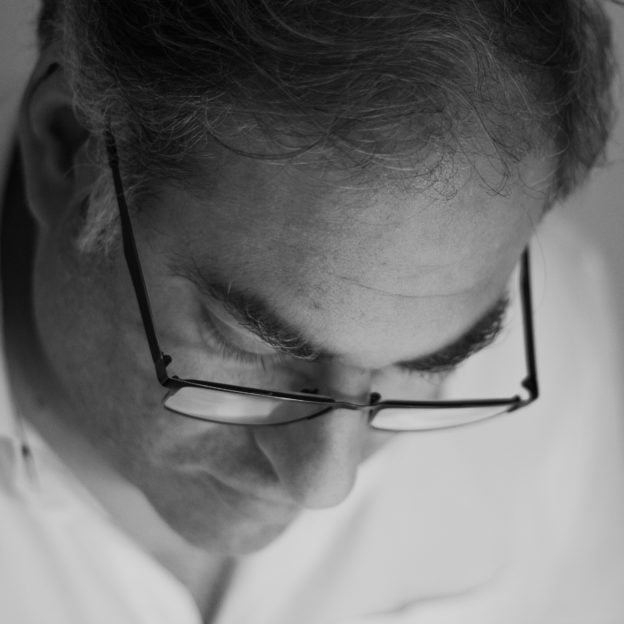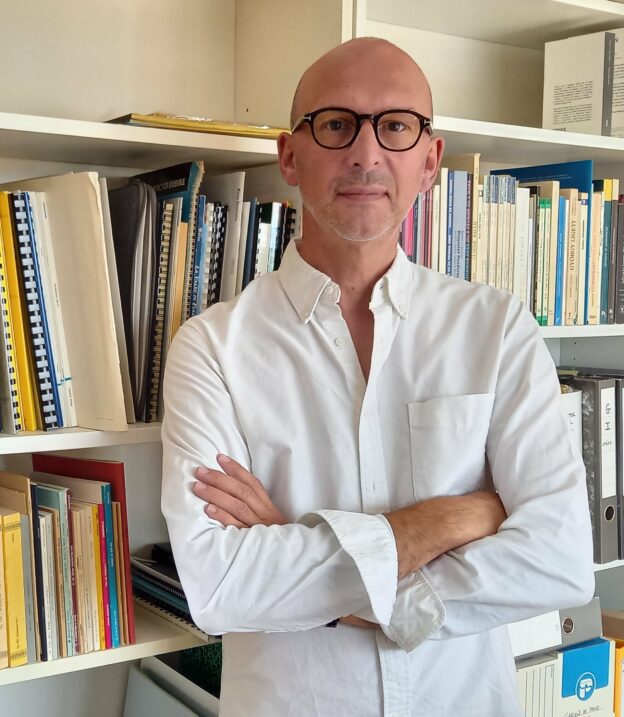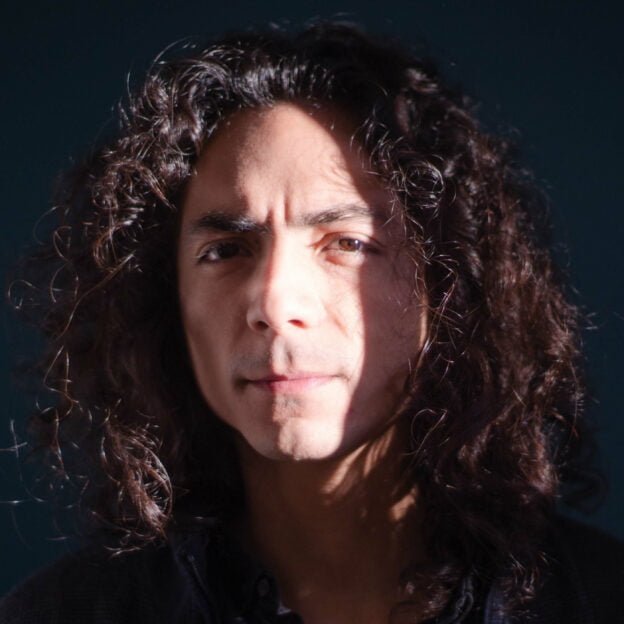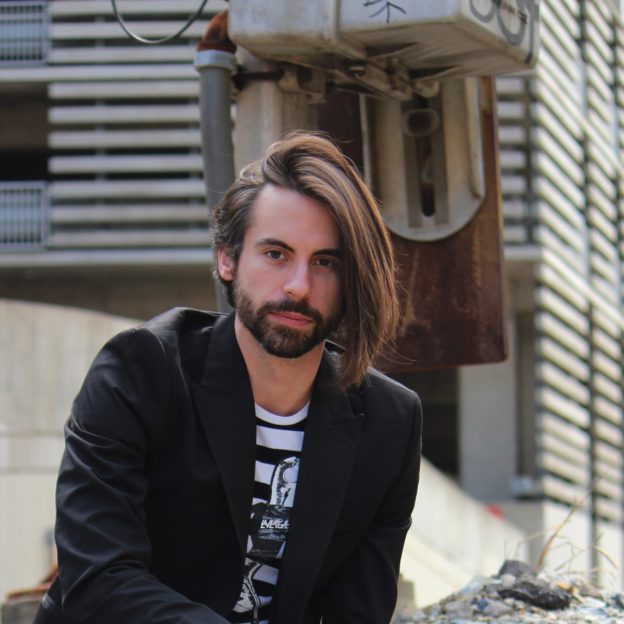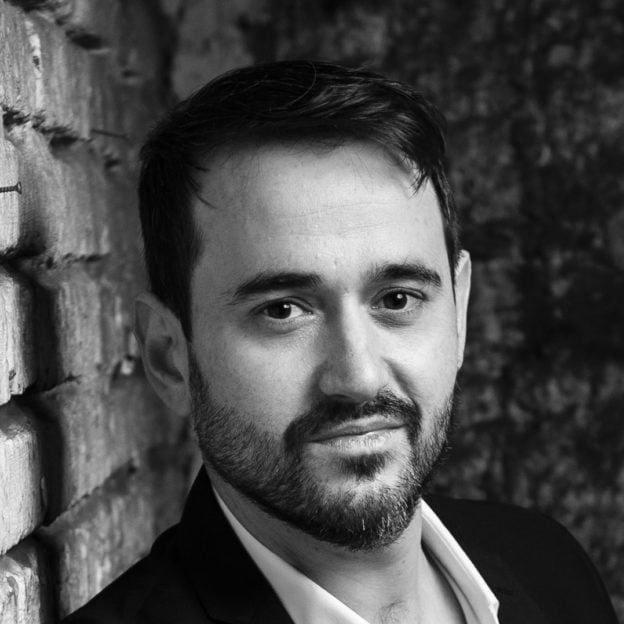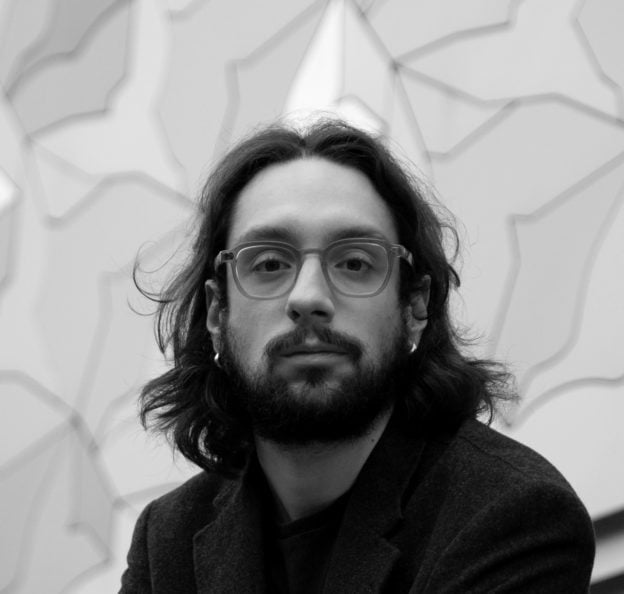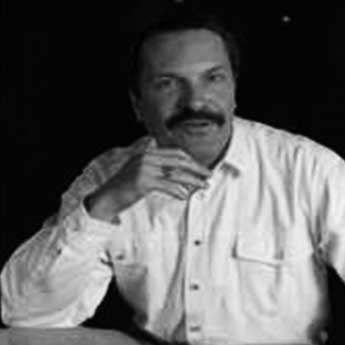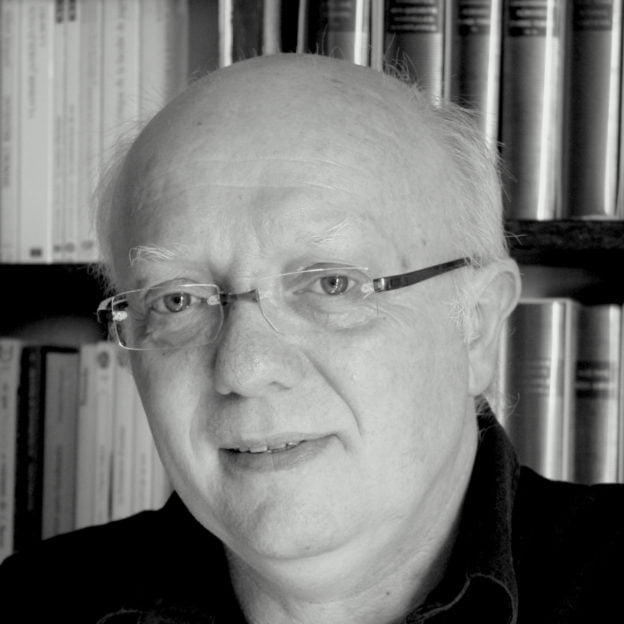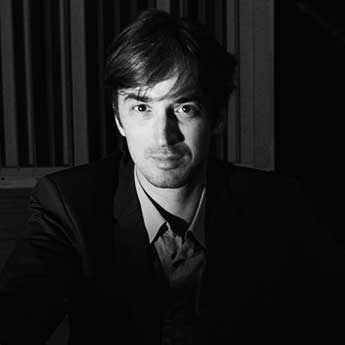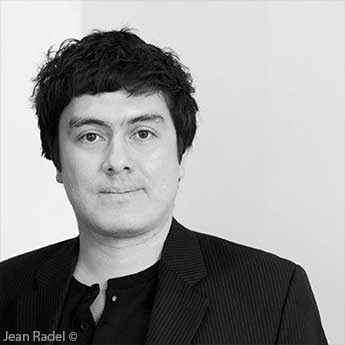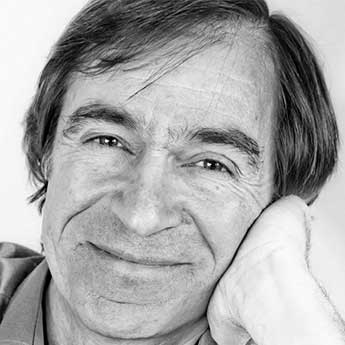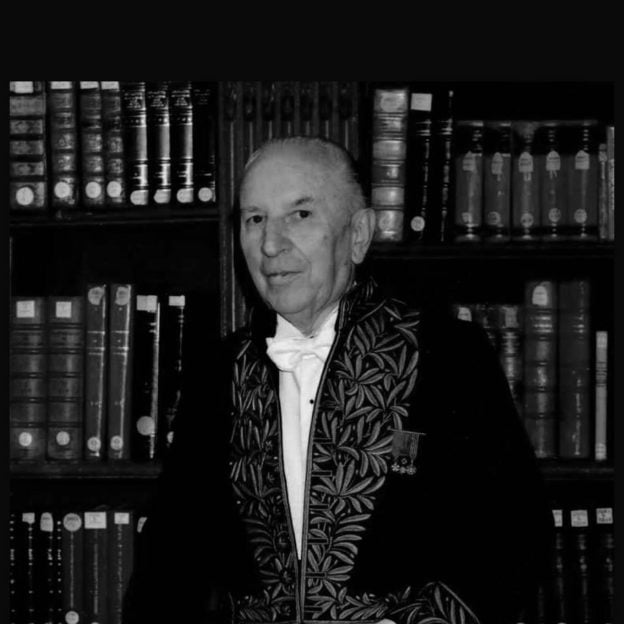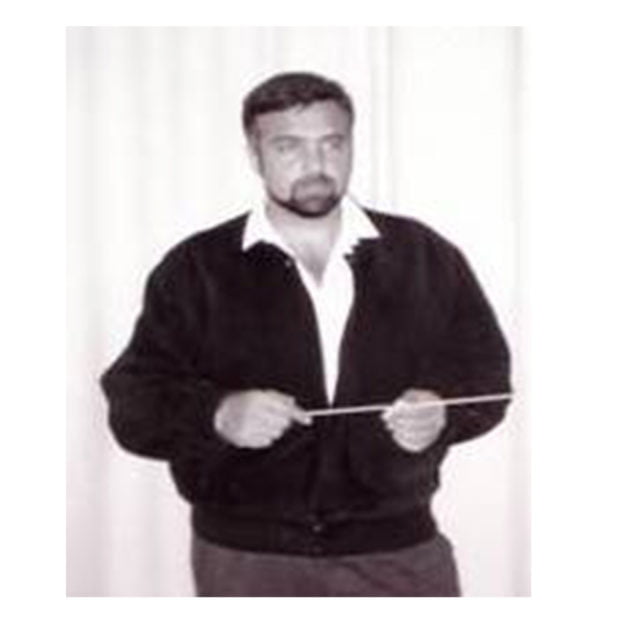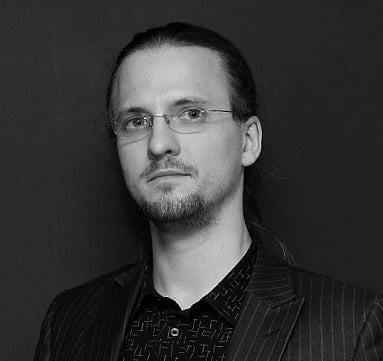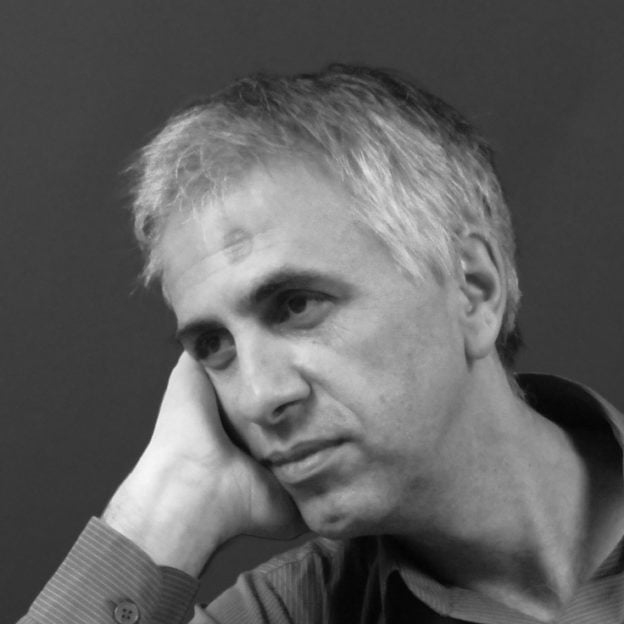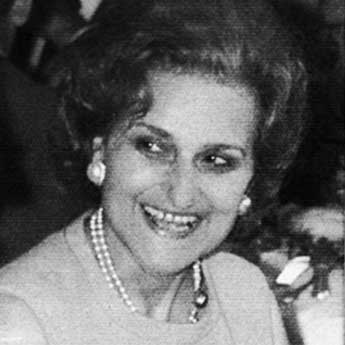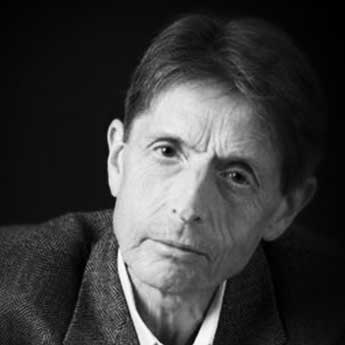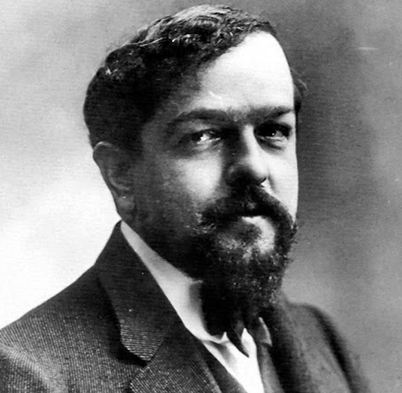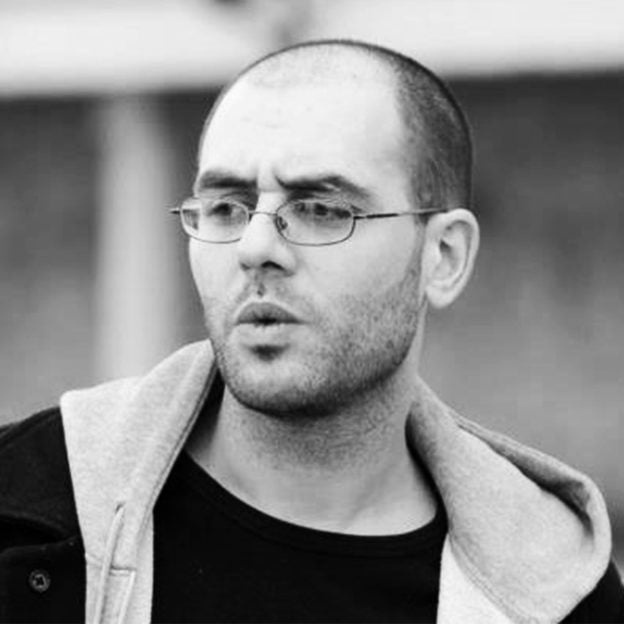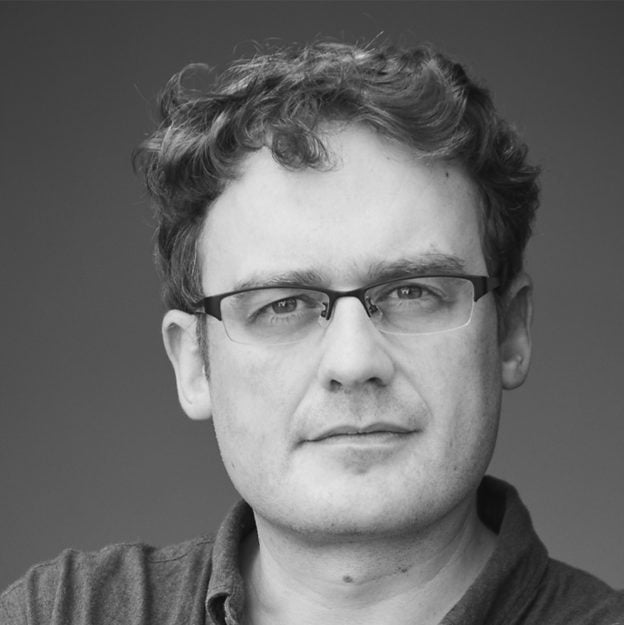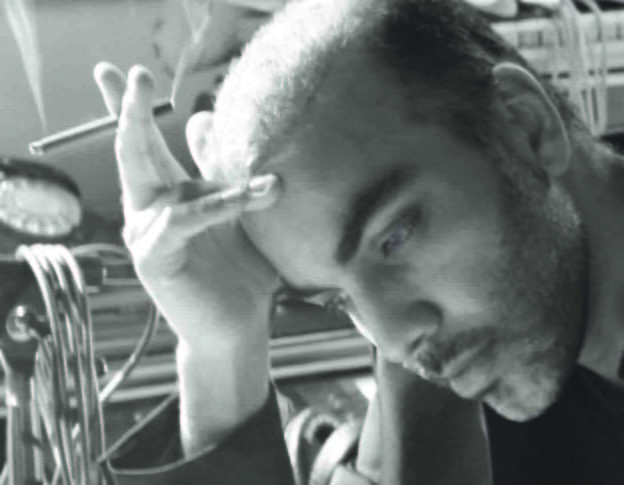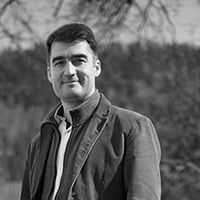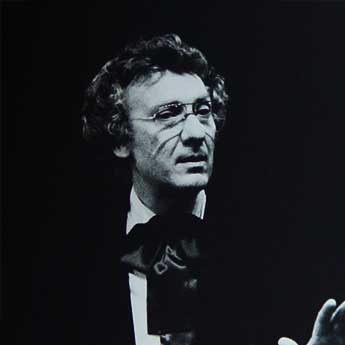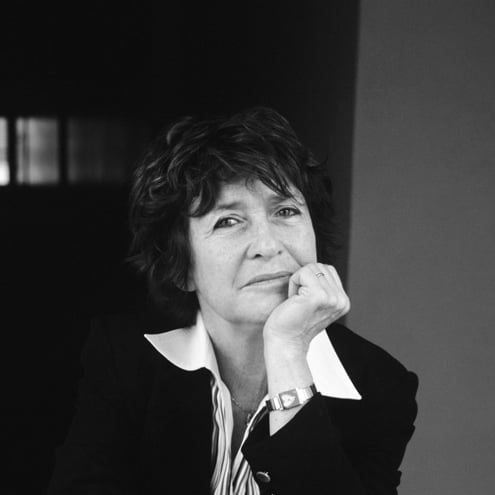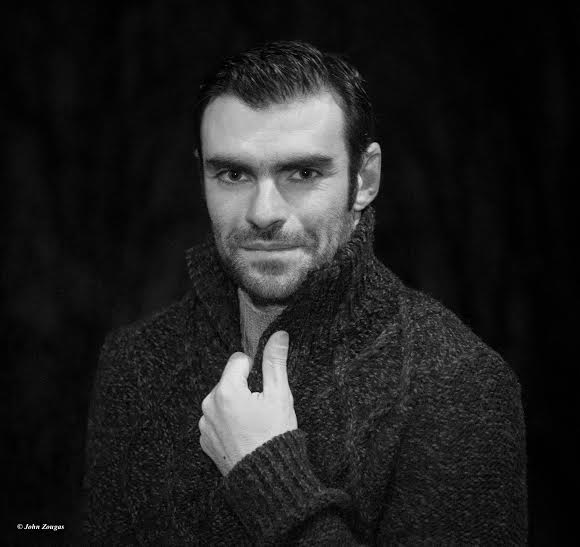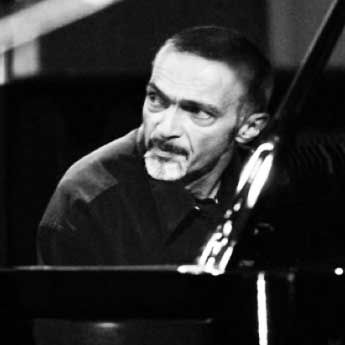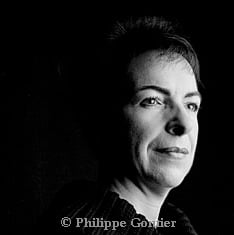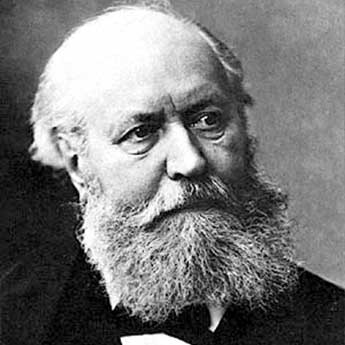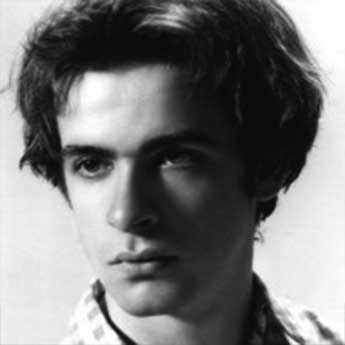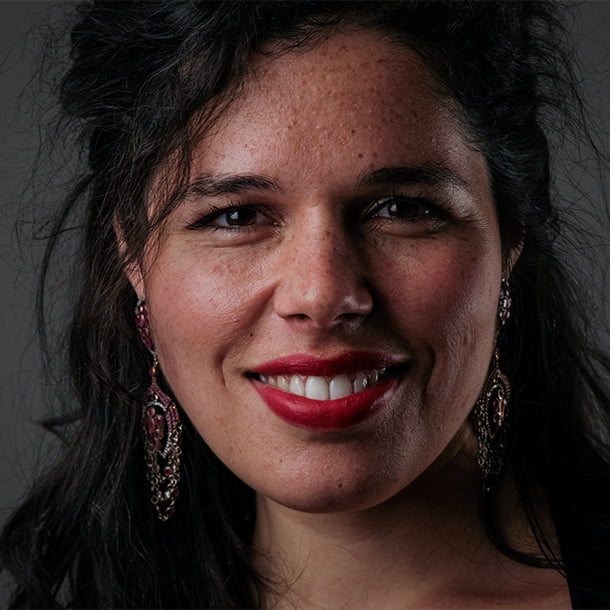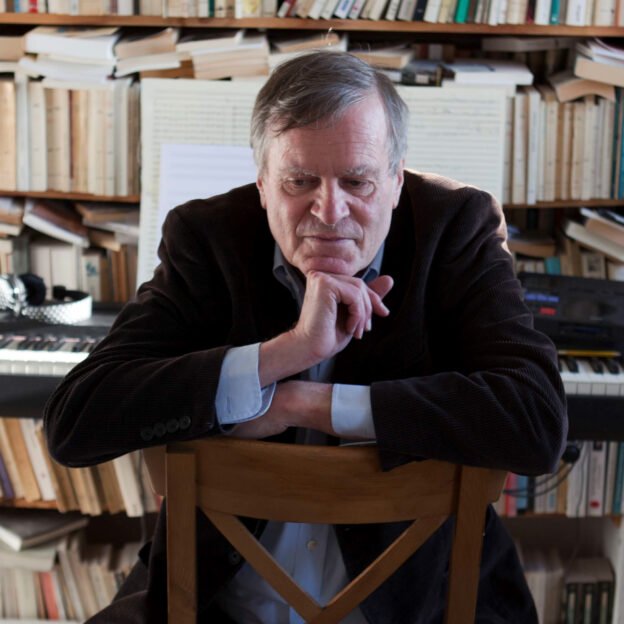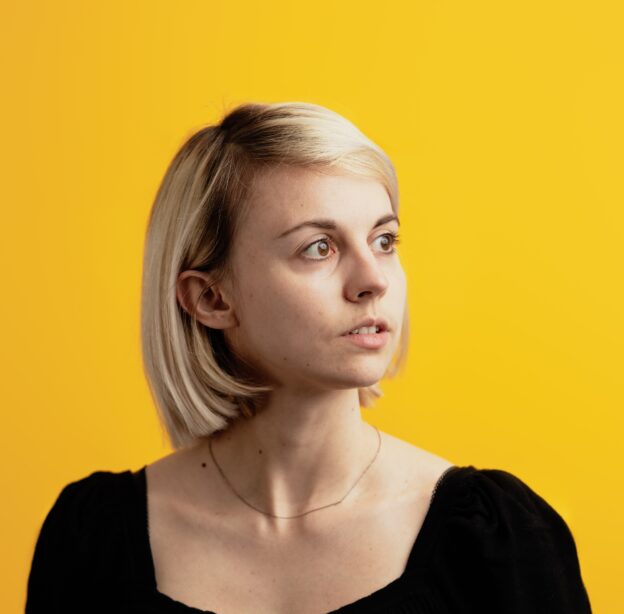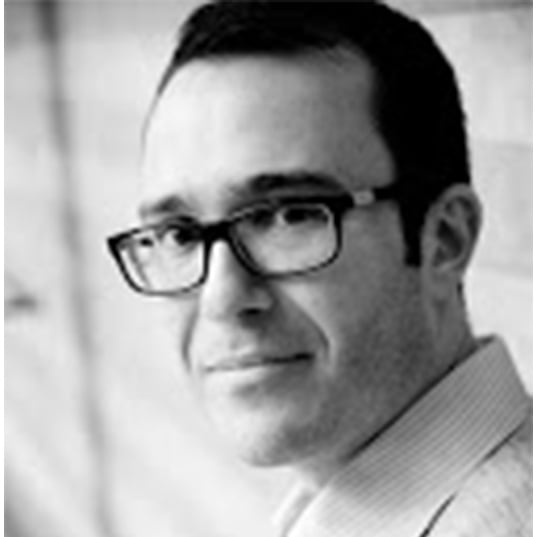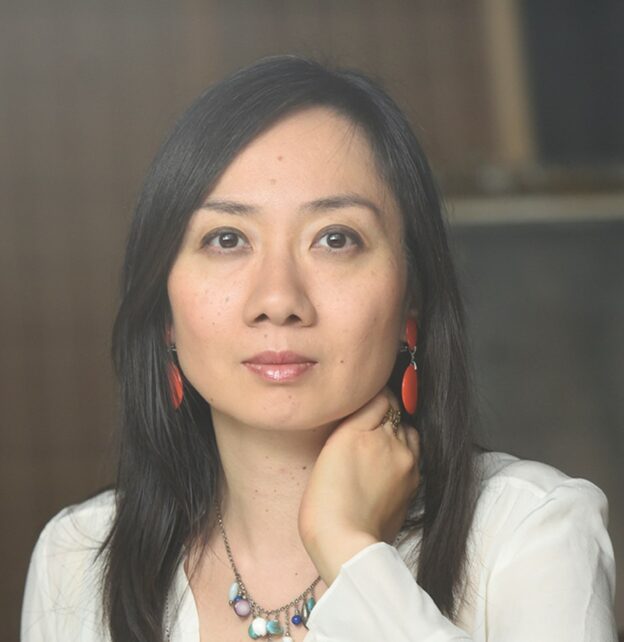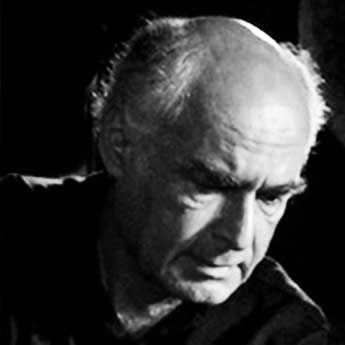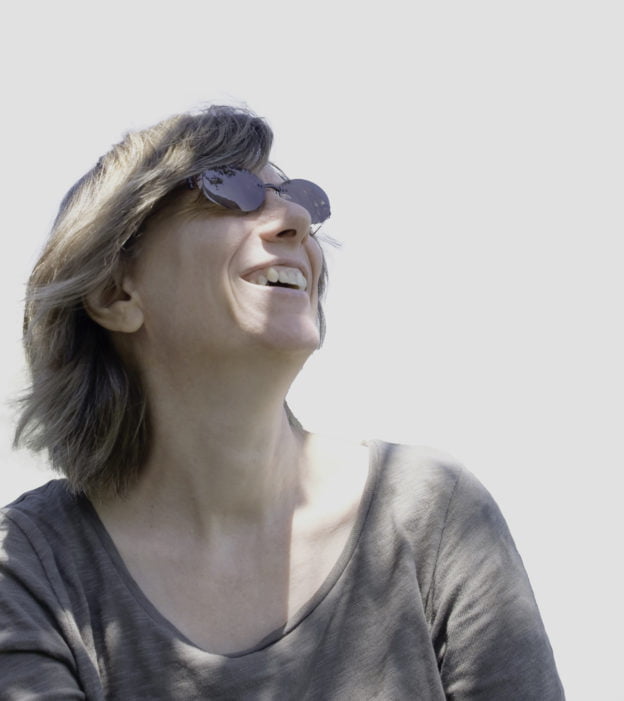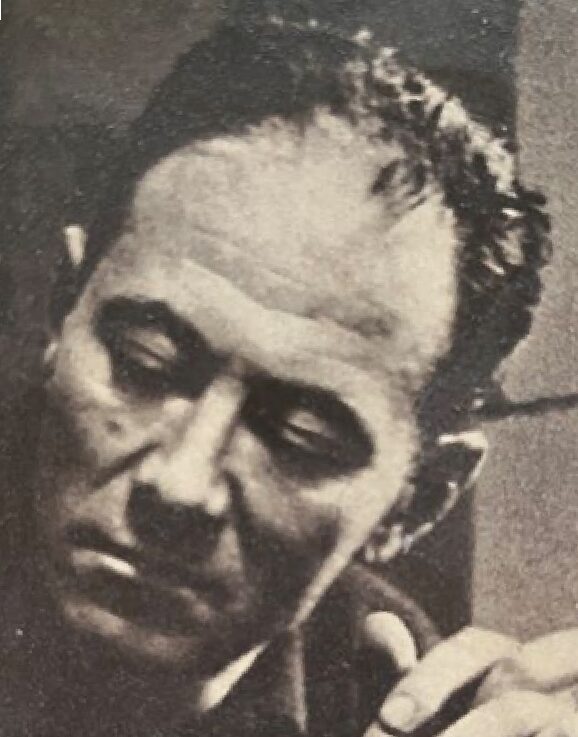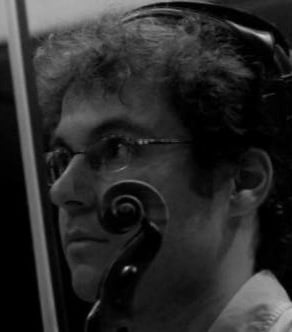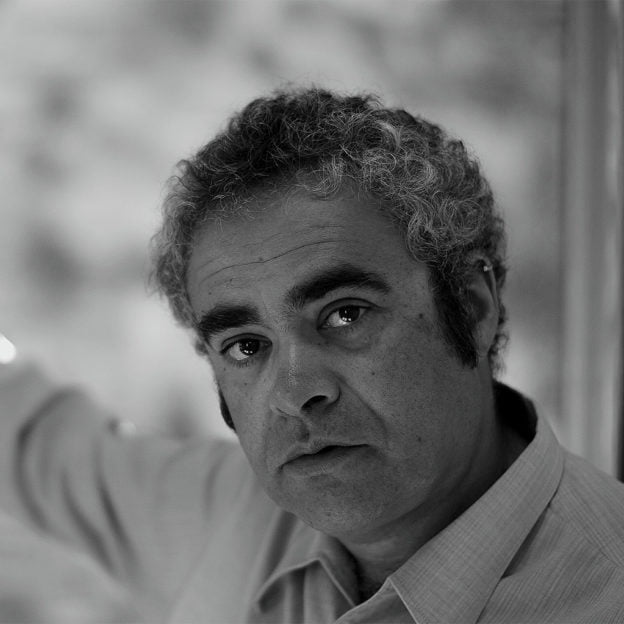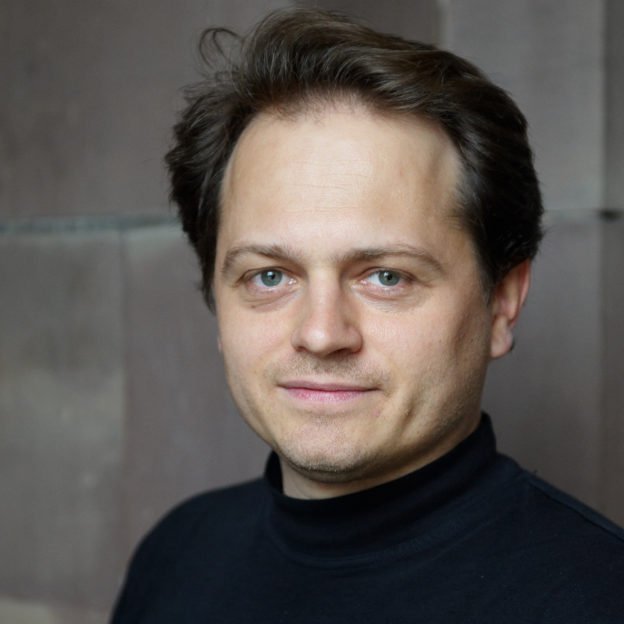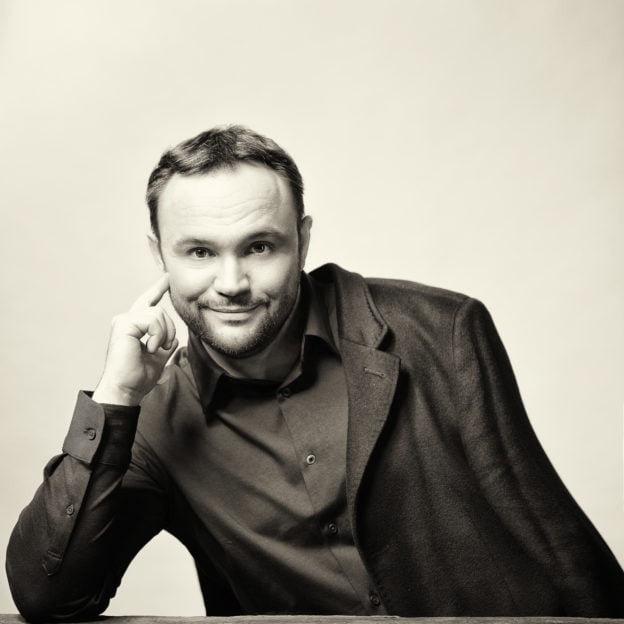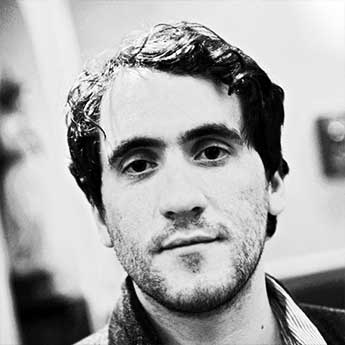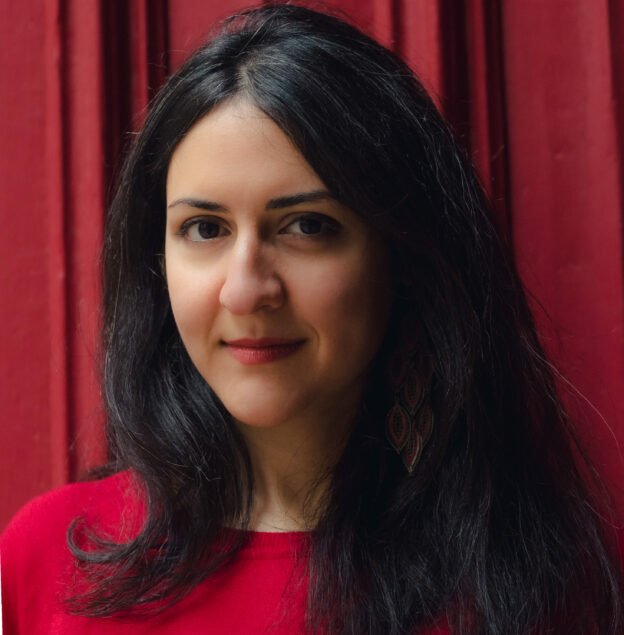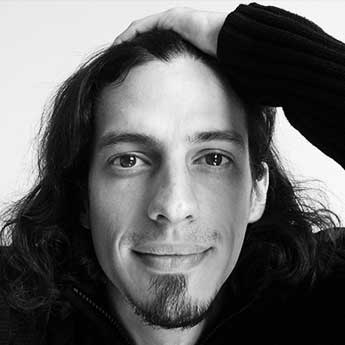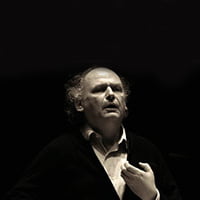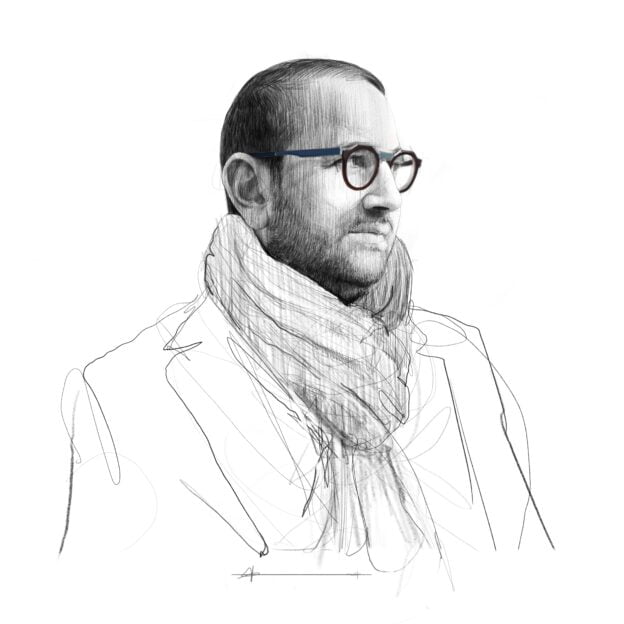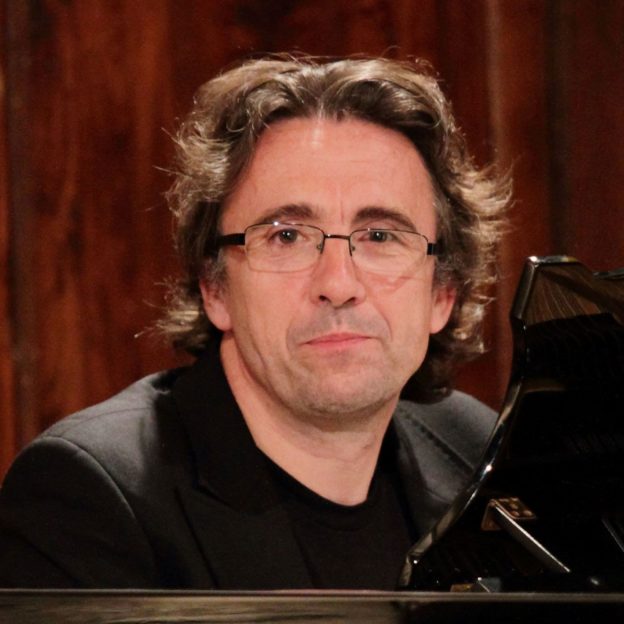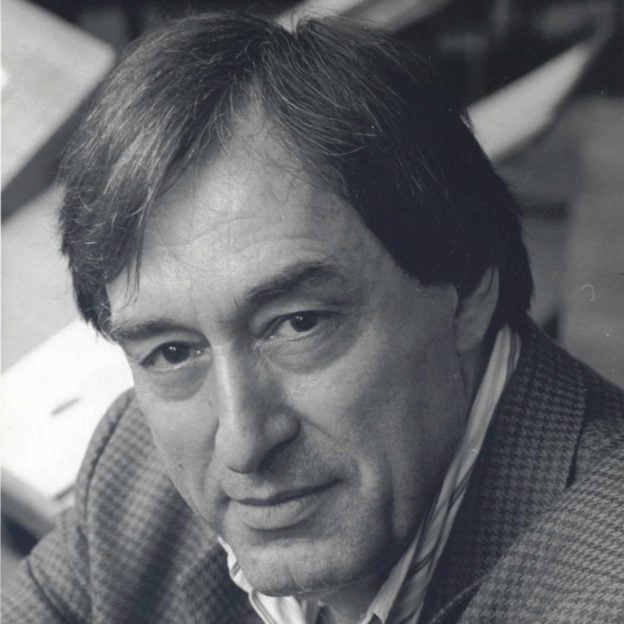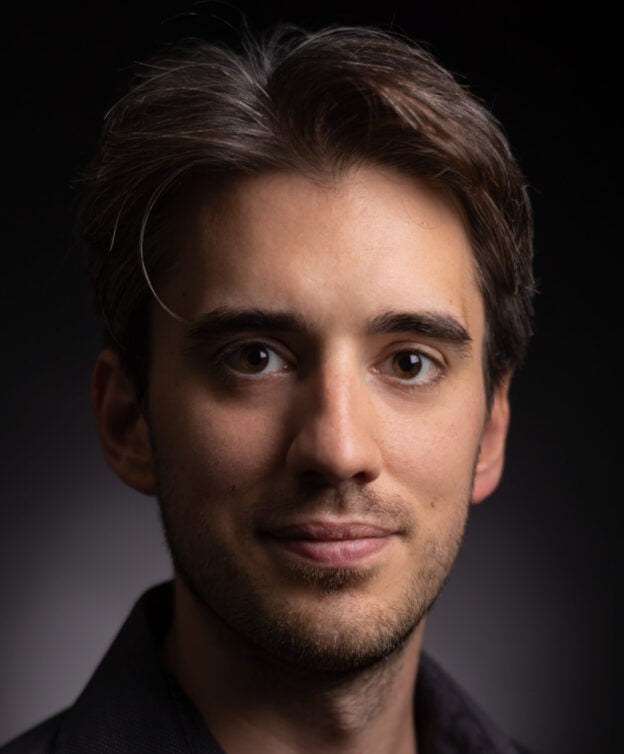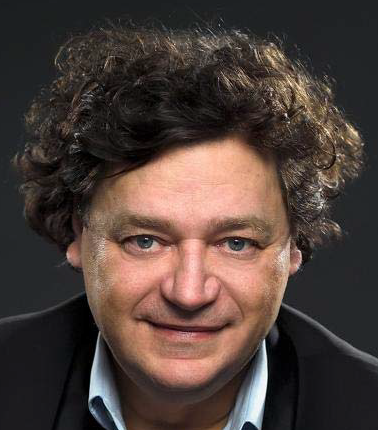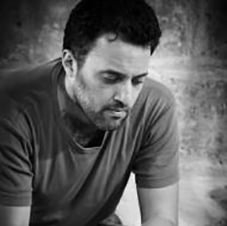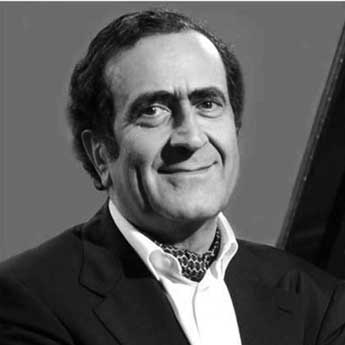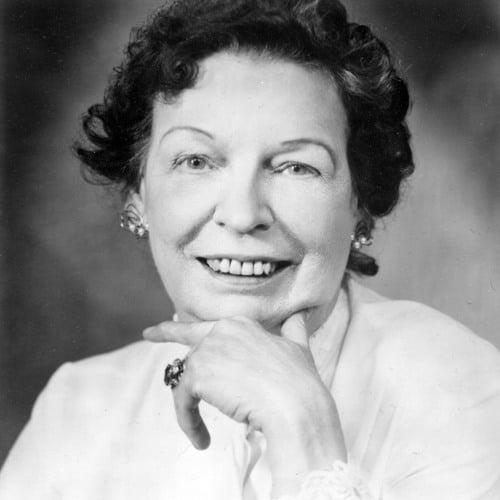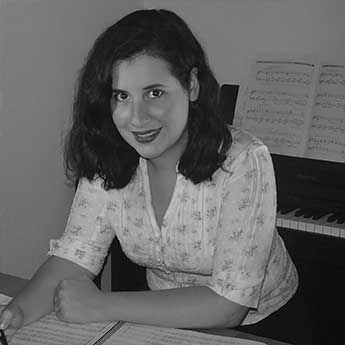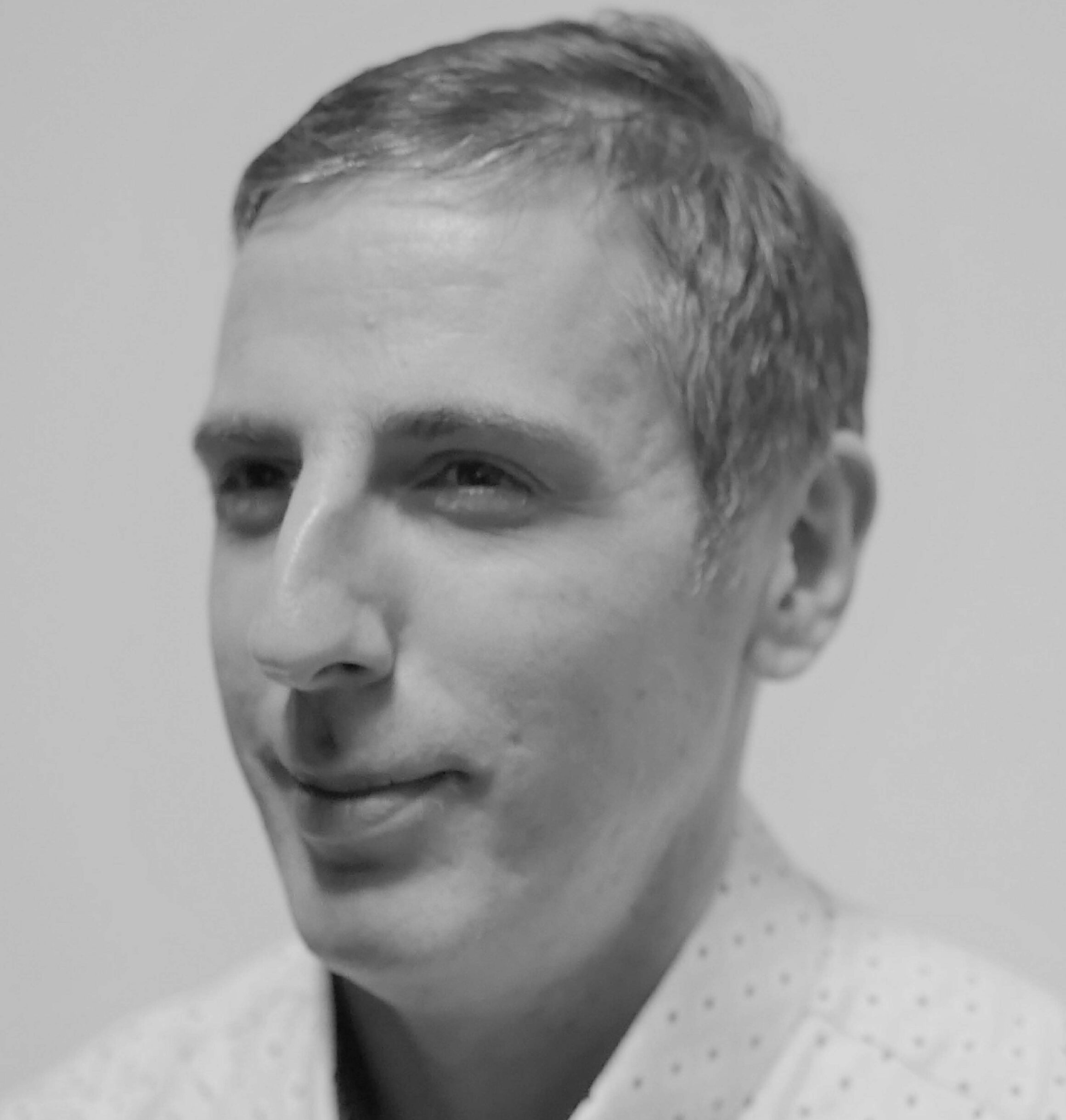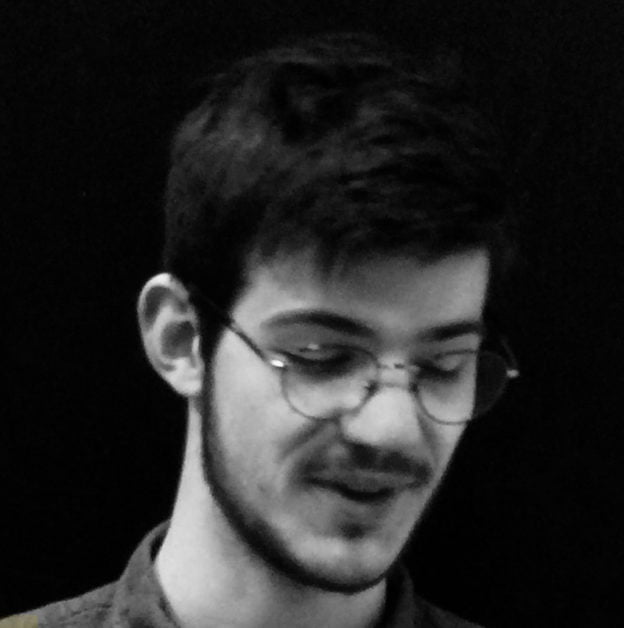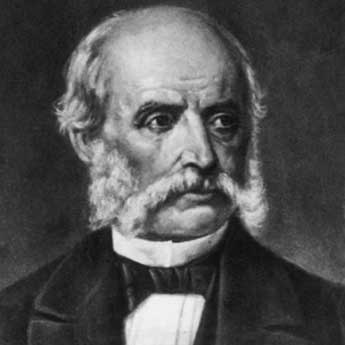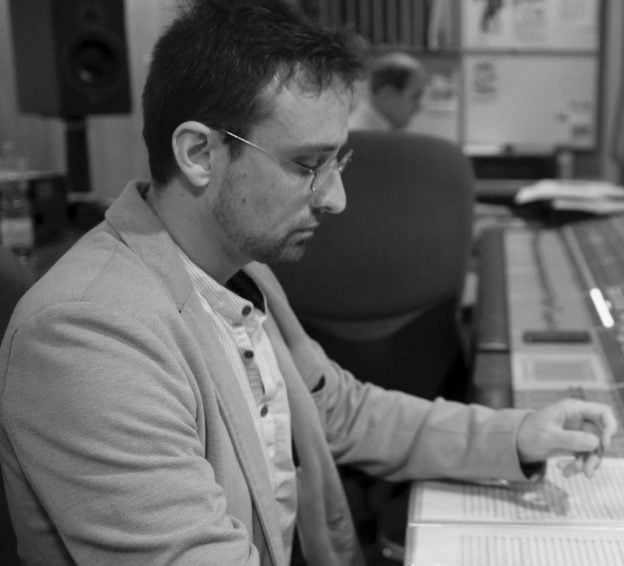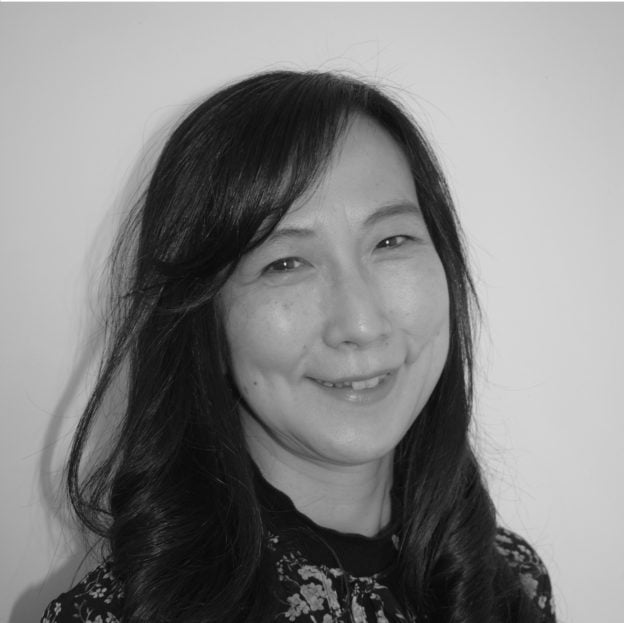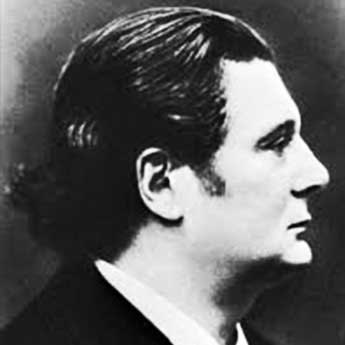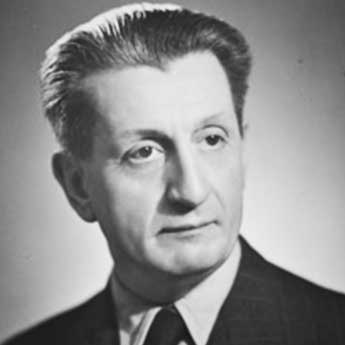
DUSSAUT Robert
(1896-1969)
Born in Paris on September 19th, 1896, Robert Dussaut studied under Paul Fauchet (Harmony), Georges Caussade (Fugue), and for composition, Charles-Marie Widor, Vincent d’Indy and Henri Busser at the Paris Conservatoire National Supérieur. The successes of his prizes in Harmony, Fugue, Counterpoint and Composition were crowned by the First Grand Prix de Rome, in 1924, awarded for his cantata Les Amants de Vérone. In 1936, he started teaching at the Paris Conservatoire National Supérieur.
Compositions
Solos
-
Prélude d’Altanima
for piano
Duos
-
Prima Vista
4 pieces for piano and ...
-
Élégie et Printemps
for violin & piano
Quatuors
-
Quatuor à cordes
(conductor and separate parts)
Musique Symphonique
-
Symphonie n°1
for string orchestra (PO and material)
Musique Vocale
-
4 Mélodies (cahier 2)
for voice & piano
-
5 Mélodies (cahier 1)
for voice & piano
Biography
«Mr. Dussaut’s music has nothing brash, nor hermetic, nor bewildering about it. It gets straight to the point that it sets out to make; it avoids any ugliness, incoherence or false originality. It abhors ridiculous fashions, preferring healthy logic. It radiates charm and verve. It deserves its success.» Alfred Bruneau, published in Le Matin, April 7th, 1930.
Born in Paris on September 19th, 1896, Robert Dussaut studied under Paul Fauchet (Harmony), Georges Caussade (Fugue), and for composition, Charles-Marie Widor, Vincent d’Indy and Henri Busser at the Paris Conservatoire National Supérieur. The successes of his prizes in Harmony, Fugue, Counterpoint and Composition were crowned by the First Grand Prix de Rome, in 1924, awarded for his cantata Les Amants de Vérone. In 1936, he started teaching at the Paris Conservatoire National Supérieur.
Despite all the recognition and prizes he received throughout his long career, Robert Dussaut’s discreet personality prevented him from actively searching for means of distributing his work, which goes some way to explaining why few pieces had been published. However, his catalogue reveals itself to be consequential, covering a wide spectrum of musical genres, including orchestral, chamber and vocal music, as well as music for theatre.
He consecrated particular energy to opera and lyrical dramas. Notable examples are La Fontaine de Pristina, for which he wrote the score and libretto during his residency at the Villa Medicis, and Altanima, an official commission inspired by one of Jacques Audiberti’s plays, and first performed at the Grand-Théâtre de Bordeaux in 1969 with Berthe Monmart in the title role. In addition to these are the comic opera Manette Lascaut, with libretto by Michel Carré, and a three-act opera with words and music by the composer, entitled La Conversion de Némania. He also wrote the verses and music for the one-act drama L’Ultime Traversée, destined for theatres.
Robert Dussaut also wrote his Symphoniy no.1 for string orchestra as well as a second symphony for full orchestra. This was also known as Symphonie Chorégraphique, or Choreographic Symphony, because it was used for the ballet Quod Advenit, which was itself an official commission and winner of the Tornov-Loeffler prize at the Académie des Beaux-Arts (Academy of Fine Arts). Rhapsodie Serbe for full orchestra and choir is an equally noteworthy entry in his instrumental works, as are two «orchestral narratives», Ardor and Contemplation.
As for chamber music, he left us a string quartet and piano quintet, both awarded the Jacques Durand prize at the Academy of Fine Arts. A Suite Brève (Short Suite) for violin and piano, as well as a body of work under the titles of Mélodies and Vocalises were also written, not forgetting cantatas and various other pieces for choir.
Robert Dussaut was a trained violinist and member of the orchestra at the Paris Opera. His unique standing however also made him one of the rare acousticians of his time. He presented his research to the Science Academy’s Congrès International d’Acoustique Musicale (International Conference of Musical Acoustics, T.N.) in Marseilles, 1958, and wrote two theoretical studies, Clartés sur les bases scientifiques de la musique (Clarifications on the Scientific Bases of Music, T.N.) and La conquête harmonique (The Harmonic Conquest, T.N.). He also penned numerous articles, including 72 entries for Norbert Dufourcq’s Larousse de la Musique. A dedicated theoretician, he protested the raising of the standard concert pitch and the resulting confusion from the commas that arose between the different tuning systems. His thoughts and research were particularly directed towards the study of ‘combination tones’ and ‘conjunction tones’, which led him to develop a musical theory he named Echotechnie. Robert Dussaut’s acoustic writings were donated to the Paris National Library in 2012.
Composer, conductor, teacher, and theoretician, Robert Dussaut was also a committed humanist, creating a new, universal language to replace Esperanto. He died at Paris on October 23rd, 1969.
News

(French) Robert Dussaut
Reprise de La Fontaine de Priština (version pour orchestre). Mercredi 22 mai à 19h30 au Centre Culturel de Serbie 123, rue Saint Martin 75004 Paris. Entrée Libre. par L’association JeNeJArt (Jasmina […]
Events
No event available
